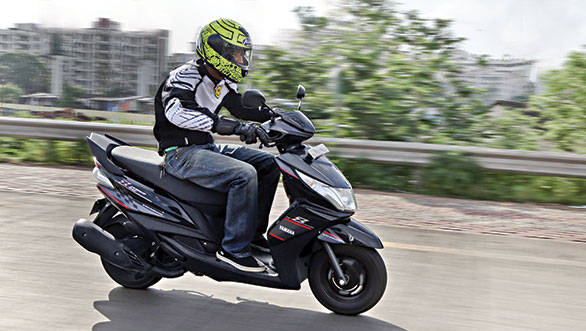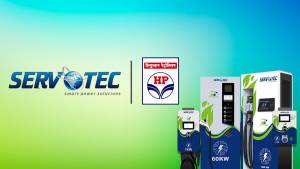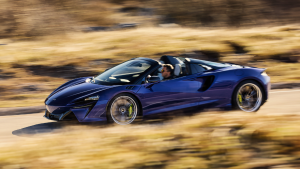Riding a scooter the right way
Scooters make a compelling option for commutes in cities like Mumbai. While distances may be long, speeds hardly ever cross 50kmph in peak traffic. This means the extra power of a motorcycle is not something that would be missed often. It helps matters further when you have no gears to change and the entire process becomes far less tiring. Scooters are comfortable over short to medium commutes, and the extra storage space they offer under the seat makes them quite convenient. Like any other machine, however, there is a right way to ride a scooter. Here's a basic guide.
The first step to riding a scooter well is to get the riding position right. The ideal position is governed by the position of your elbows. Your forearms must be parallel to the ground and the angle from your forearms to your biceps should be close to 90 degrees. Contrary to what you might think, the position of your back is not quite as important and can take whatever position the proper placement of your arms dictates. Sitting right on a scooter also includes keeping your feet tucked in properly. Where you put your feet on the floorboard is not of much importance, but ensure that they are properly inside with no edges or toes out.

Scooters are dynamically different from motorcycles in terms of engine placement. Where a motorcycle has the engine placed generally in the middle, scooters have their engines mounted towards the rear. This essentially changes the weight balance, and as a result you have more weight at the back. On a motorcycle you'd be right to brake almost entirely using the front brake but the same rule doesn't apply to scooters. Here it is most effective to use a combination of both front and rear brakes. As with all bikes, squeeze the lever progressively, building the power as the weight transfer happens and don't snatch at the levers. Almost never brake with only the rear. Two fingers on each lever is the ideal way to get it done. This will ensure that you can apply enough pressure on the levers but also have a secure grip on the handlebars.
Automatic scooters use centrifugal clutches and one of the most apparent effects of this is the lack of engine braking. Get off the throttle on a motorcycle and it will immediately start to gradually slow down. The same happens in a scooter, but the retarding effect is much milder. Another thing to keep in mind is that most scooters work a little better at just under the fully open throttle position rather than fully open. Efficient riders will attain their desired speed and roll back on the throttle to the point at which the scooter holds the speed steady.
The under seat storage in a scooter is a real convenience for things like shopping bags or storing your rain gear during the monsoon. More often than not we tend to load this storage space with stuff and forget about it. All this does is add weight and reduce efficiency. Keep the space as empty as possible for as long as possible. If you're putting stuff on the floor board make sure it's anchored. This will give you more confidence as you roll to a stop at the lights as you won't be concentrating on holding your cargo in place with your feet. In our experience trailing a little bit of rear brake around corners will give the scooter more stability. It sounds a little silly to have both the throttle and brakes on but trust us, it works.
Scooters have smaller wheels than motorcycles and this will give them a top heavy feel, especially if you're switching from a motorcycle but this is not a problem, it's just a different feeling. Smaller wheels give the scooter lesser gyroscopic stability but much greater maneuverability as direction changes are faster. To the point where, in city traffic a well ridden Ray Z, for example, will easily keep up with larger motorcycles. Some scooters may return a juddery feedback from the front end under hard braking thanks to the trailing link front suspension set up. The Ray Z however has a more sophisticated telescopic suspension setup, like on a motorcycle, and this provides a much more confident feel when you get on the brakes.
When you carry a pillion you need to be much smoother and gentle because of the inherent maneuverability but at the same time you will be able to use even more rear brake since there is more weight over the rear wheel. Remember to tell the pillion to keep their feet up at all times and not to wriggle around or move without warning. Most of all, remember that all two-wheelers take longer to stop when there's a pillion on board. Also, if the pillion is carrying a back pack ensure it doesn't obscure the tail lamp.
Finally scooters like the Ray Z actually handle really well. A don't be afraid to try it out on a nice road. You might be pleasantly surprised with its abilities. Or even better, go to a go kart track and see if they let you ride it. Scooters and go kart tracks go together like ice cream and chocolate sauce.
Starts Rs 50,817
113cc
CVT
7.10
8.10
66.00 Kmpl














